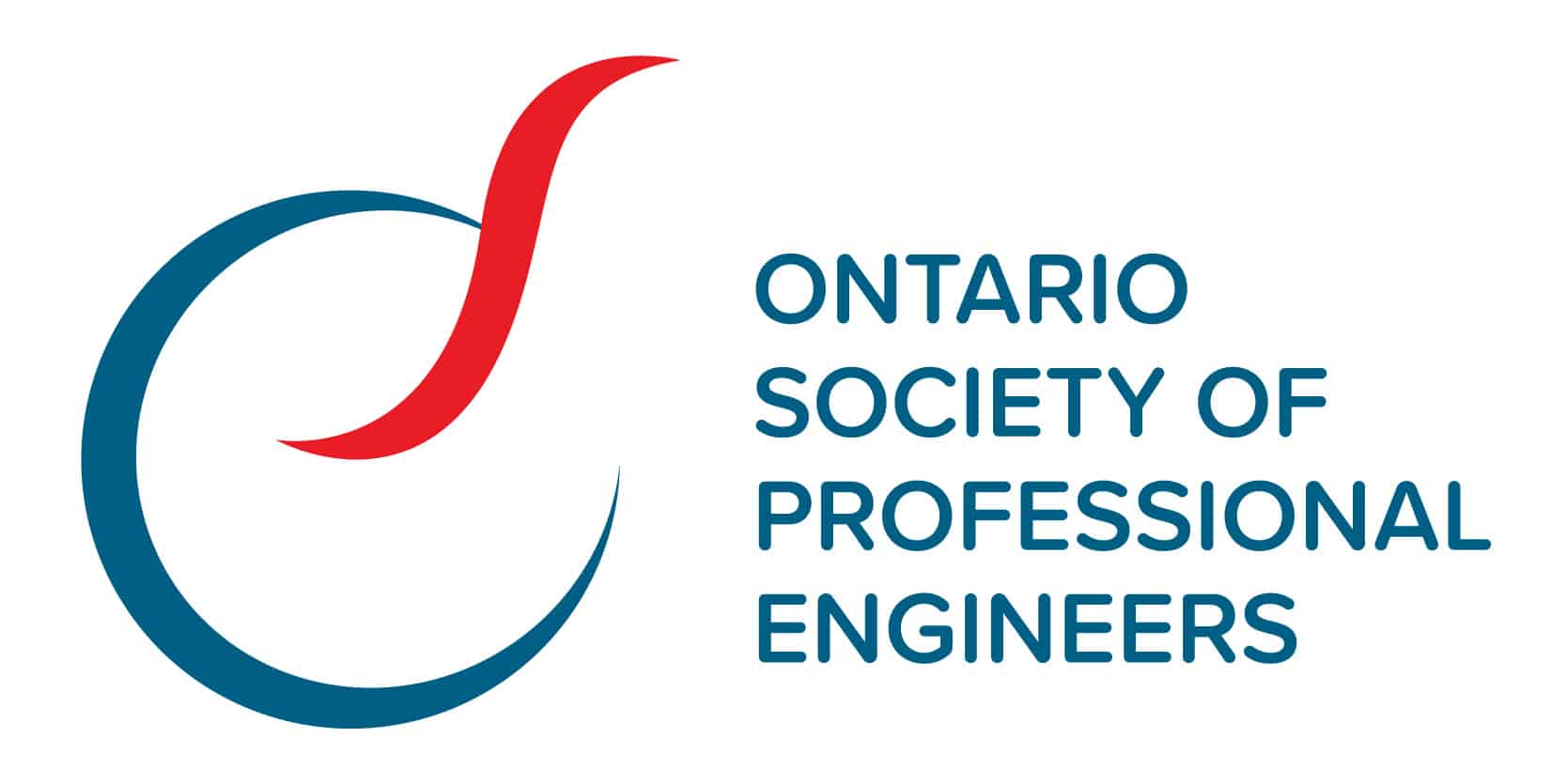
As National Engineering Month Ontario continues, we are connecting with leaders in Ontario’s engineering community to talk about the future of engineering. This week I met with Liam O’Brien who is a Professor for the Architectural Conservation and Sustainability Engineering program at Carleton University. What follows is a Q&A about why it’s important to expose students to real-life challenges faced by communities.
Q: Why is National Engineering Month important to Carleton University and the engineering profession overall?
Engineers often work behind the scenes to make everything work as it should. Unlike architecture, where we have household names, a lot of the work engineers do goes under the radar. For example, if you cross a bridge or take an elevator you just assume it’s going to work and the same goes for airplanes and software and so on. As Canadians, we tend to take engineering as a profession for granted and it’s important to formally and tangibly recognize the contributions that engineers make to society every day. If you ask kids the question, what do you want to be when you grow up? They’ll often say firefighters, police officers, pilots, or things like that because those jobs are so publicly present and a lot of kids are influenced by what they see. It’s important for children and high school students to understand what engineering is so that they can aspire to be engineers. Without that visibility, it’s much more difficult to inspire the next generation to pursue a career in engineering.
Q: The theme for NEM 2022 is lifelong learning. What does the concept of lifelong learning mean to you and why is it important in the work that you do?
To me, lifelong learning means renewing your skills and knowledge beyond formal education. This is critical for everyone, but especially engineers because things become dated very quickly in this profession. If you take programming for example, even in the 10 years that I have graduated from my last degree, it has come such a long way. To remain competitive and efficient as a professional you need to be maintaining and updating your skills. There are so many opportunities to do this whether it’s learning on your own or through online courses, or even by doing an advanced degree.
Q: How would you say the profession has changed and how is Carleton capitalizing on those changes?
There are a lot more demands on the next generation of engineers in terms of being well-rounded and being able to collaborate with other disciplines. At the university, we expect our engineering graduates to be very aware of sustainability and we expect them to be able to collaborate with students in related programs. In general, Carleton has been excellent at developing specialized programs that add breadth to students’ skill-sets. For example, I teach a program called Architectural Conservation and Sustainability Engineering, which is significantly broader than traditional engineering disciplines. Students take courses in complementary areas such as architecture and Canadian studies so that they have an awareness of the heritage value of buildings and character-defining elements. We also have a program in Sustainable and Renewable Energy Engineering, as well as a program that is focused on the connection between engineering and policy, which is pretty novel.
At Carleton, we also aim to serve the community, so there’s a lot of emphasis on addressing real-world problems. This includes community challenges like social housing, the environment, and so on.
The other important aspect to highlight is our focus on experiential learning, where students take on assignments and projects within the community. This approach to learning makes students more well-rounded and prepared for the real world as they can develop the communication skills to be confident and interact well with others.
Q: Are there any specific programs or initiatives or outcomes happening at Carleton that you want to tell me about?
We’re highly engaged in the living lab approach to studying buildings and architecture at Carleton. We have a very unique relationship with our Facilities Management and Planning team, which is the department that manages buildings and campus planning. For example, we keep records of our buildings so that students can see the real-time and historic performance of the buildings, which enables them to understand energy-use emissions, indoor air quality in spaces, and so on.
In one particular case, we worked closely with consultants, architects, engineers, and the building contractor to archive all the documents and perspectives associated with a project to build an archive of all the decision-making processes, finances, technical decisions, etc. that were involved with the building. We’ve made those documents accessible to students so that they can go behind the scenes and see the rationale behind why certain decisions were made. We have also incorporated this resource into some of our courses so instead of students working from a textbook problem, they can redesign one of the rooms based on real data. By using a real-world example to work from, students get a richer and more challenging learning experience overall.
We need to broaden students’ and ultimately professionals’ outlook in terms of the impact that their work has on society. To do that, we need to expose our students to real-life problems and challenges that communities face. It’s important to have students draw connections between the fairly technical things they’re learning and the human or environmental aspects that their eventual work will affect.
Q: What does the future of engineering look like and how does Carleton fit into that?
One of our objectives is to improve representation among the student body. We need a more diverse group of engineers working within the profession, as it’s important to have engineers that have direct and personal experiences dealing with some of the challenges associated with having a disability, coming from a low socioeconomic background, living in a remote community, being from an Indigenous or underrepresented group, etc. It’s important that these considerations be incorporated into the design of buildings since engineers serve the entire population and we need to have a wider lens to accurately address the challenges faced by the communities they serve. The future of engineering needs to be much more diverse so that all parts of the population are served adequately and so that engineers can develop systems that work for everyone.
Carleton is a leader when it comes to celebrating the diversity and inclusion of different groups. We develop programs and initiatives that attract, retain, and train more diverse groups of students and one of the ways we’re doing this is through our sustainability-oriented programs. It’s been said of the youngest generation that they’re very keen on meaningful work. Statistically speaking, our programs that focus on sustainability have attracted a much better balance in terms of gender and diversity than traditional programs. For example, our programs with a sustainability focus are enrolled by about 43% women, which is well above the 30 by 30 target. By offering programs that provide a more tangible benefit to society we are attracting a more diverse group of students to the university and ultimately the profession.
National Engineering Month is Ontario’s engineering event of the year.
Learn to change the future of engineering – together. Attend National Engineering Month Ontario events March 1 – 31. With bold topics, industry expertise, and diverse perspectives, you won’t want to miss it. To sign up for a #NEM2022 event, please visit our website.


